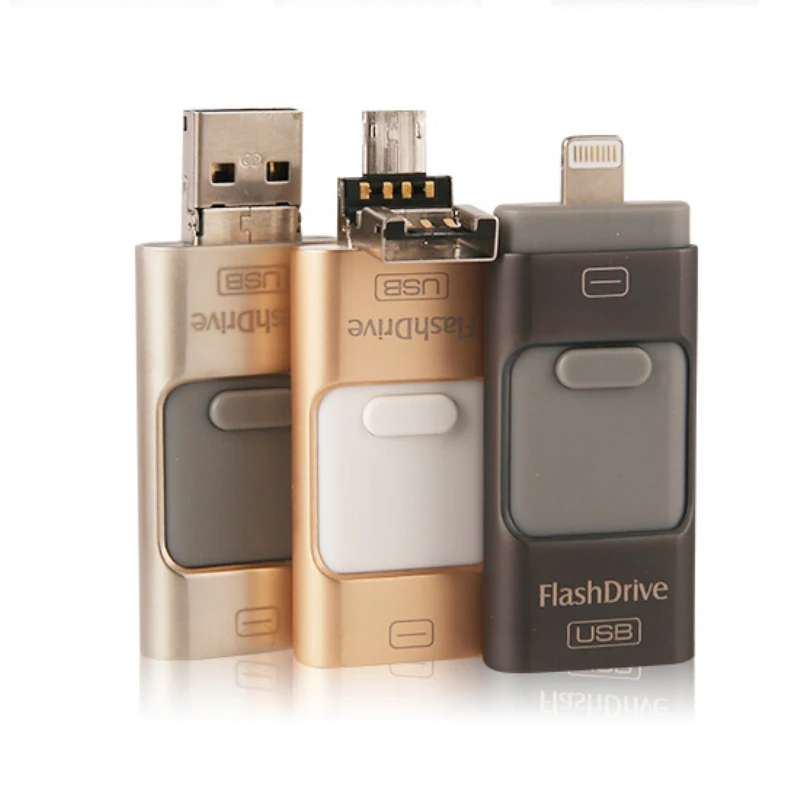

Insert a blank diskette into the diskette drive.ĭouble-click the *.EXE file to begin the iFlash BIOS update process. Part 1: Create the bootable diskette containing the BIOS update You can use this method if the iFlash files are small enough to fit on a diskette and the desktop board includes diskette drive support. BIO file (or IFLASH2 /PF XXX.BIO, depending on the version of iFlash you have) to launch the iFlash BIOS update process. Part 2: Update the BIOS of the target computerīoot the target computer with the USB device connected.Īt the prompt, type IFLASH /PF XXX.BIO, where XXX.BIO is the file name of the. Save by pressing F10 and exit the BIOS Setup.

Press F2 during boot to enter BIOS Setup. BIO file to the bootable USB device.Ĭonfigure the BIOS of the target computer to boot to the USB device: Part 1: Create the bootable media (USB Device) containing the BIOS updateĭownload and save the iFlash BIOS Update file to a temporary directory.ĭouble-click the *.EXE to extract necessary files.ĭouble-click the SW.EXE file to extract additional files.Ĭopy IFLASH.EXE (or IFLASH2.EXE, depending on your board model) and the.

#IFLASH USB DRIVE HOW TO#
(Information on how to create a bootable USB device is listed at the end of this document.) You will need a bootable USB device, such as a USB thumb drive or USB external hard drive. You can use this method if the iFlash files are too large to fit on a diskette or if the desktop board does not include diskette drive support. (Information on how to create a bootable USB device or CD is listed at the end of this document.)Ĭlick or the topic for details: If Using a Bootable USB Device With the iFlash BIOS update utility you can update the BIOS from a USB device, diskette, or bootable CD-ROM. The following BIOS update instructions will remain available for historical purposes. All BIOS updates for Intel® Desktop Boards were removed from Download Center on November 22, 2019.


 0 kommentar(er)
0 kommentar(er)
